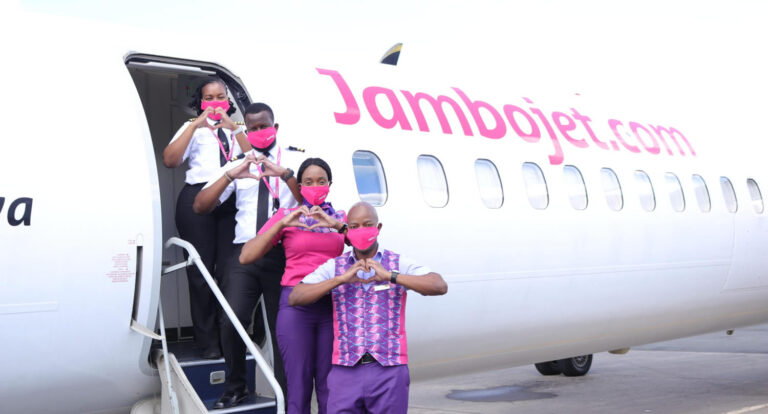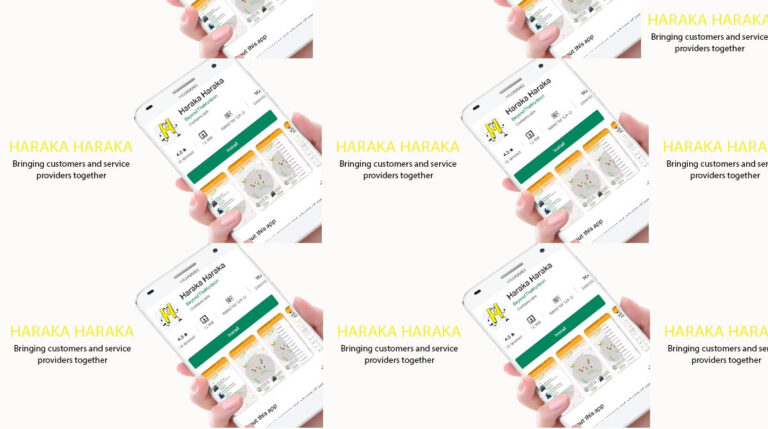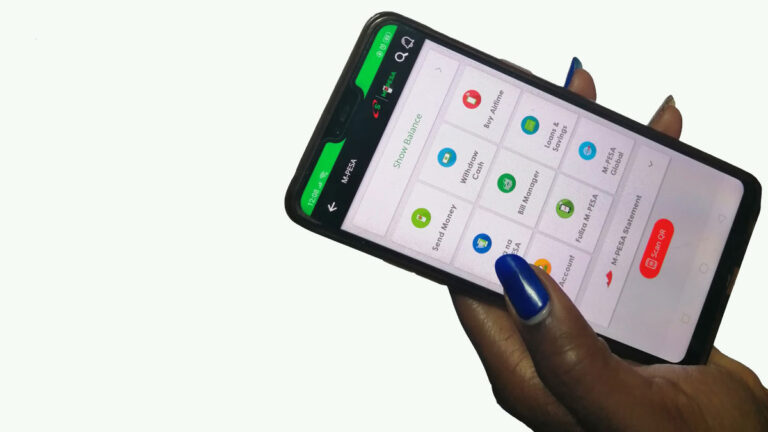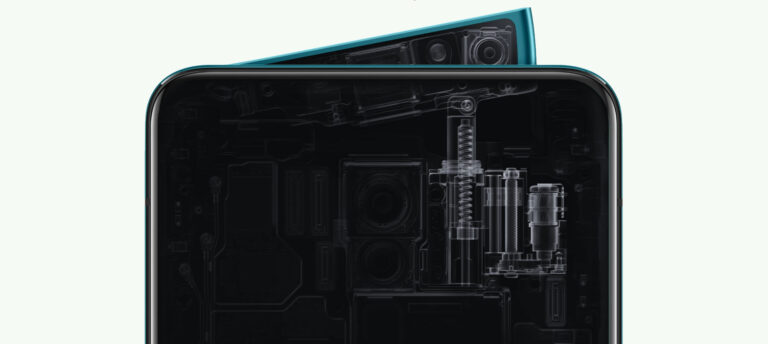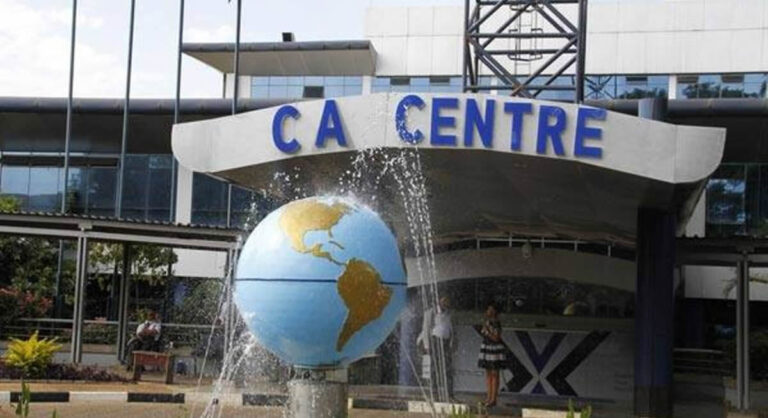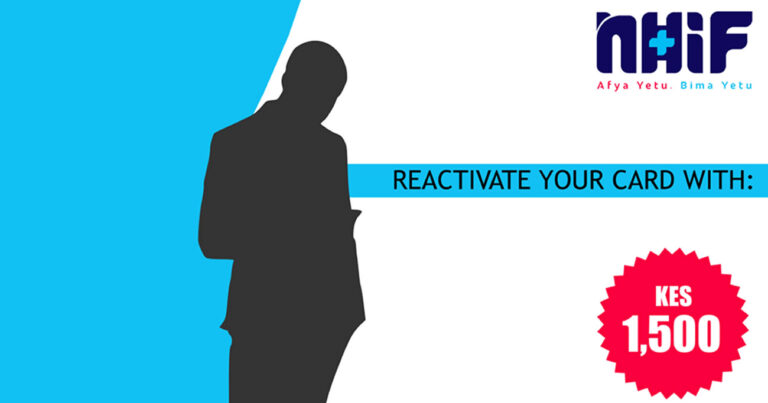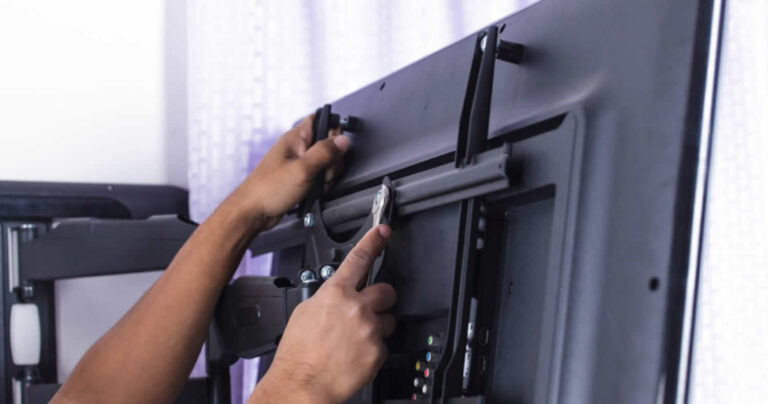Looking forward to digitization in an effort to mitigate effects brought forth as a result of the current pandemic, Jambojet – a region’s renown low cost carrier has unveiled a mobile phone app on iOS and Google Play Store that will let customers book tickets, check in and access their boarding pass using their mobile phones.
Speaking on the launch, Jambojet’s Head of Information Systems Benjamin Collins said the mobile phone app which is available for both Android and iOS users will offer convenience to customers while streamlining processes, to save time and help reduce physical touch points. Collins further acknowledged the app built on PWA, will consume less data and often reliable compared to standard apps or the web.
Progressive Web Applications are built using common technologies such as HTML, CSS and JavaScript usually delivered via the web and are known to be reliable and consume less data than traditional technologies.
Customers can access the Progressive Web App on the company’s website using their respective devices. Once on their website, you’ll be prompted to add the app on your device and upon clicking, the PWA will be included on your homepage of your device.
Customers will also get alerts of upcoming trips, track their flight status and receive automated updates on any delays or changes to their itinerary.

